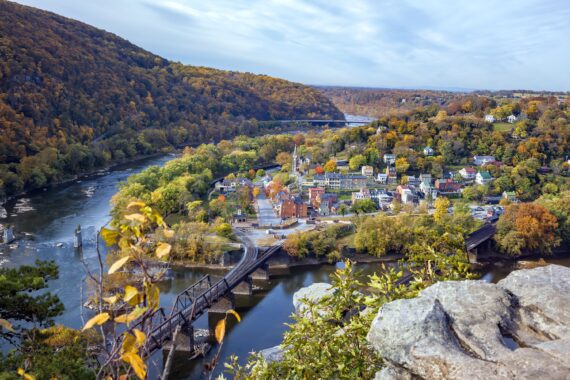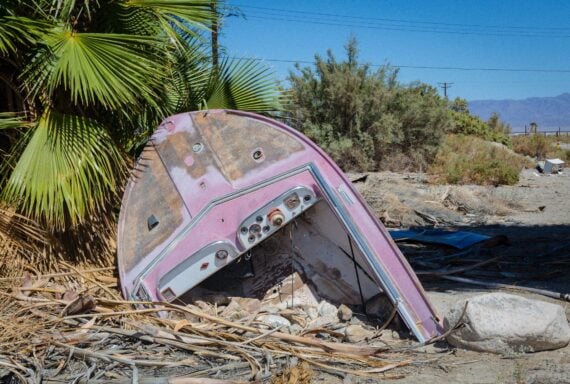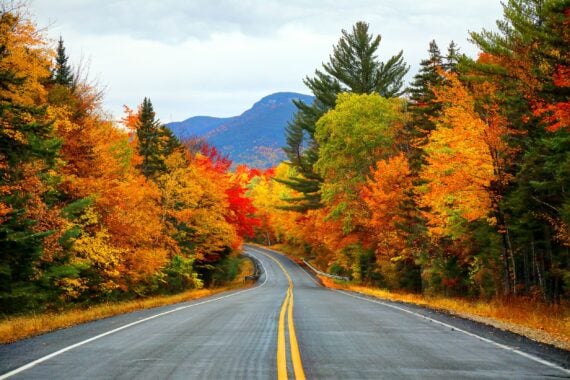Philadelphia has the Liberty Bell. New York has Ellis Island. San Antonio has the Alamo. U.S. history isn’t just confined to its metropolises, though. Foundations and turning points can be found in the most unlikely of places, including small towns and dust-blown fields. Here are a few places with a much bigger effect than their populations would suggest. Do you have a favorite that’s not listed here? Tell us in the comments.
Related: Attractions to See While Driving Across the Country
Skagway, Alaska
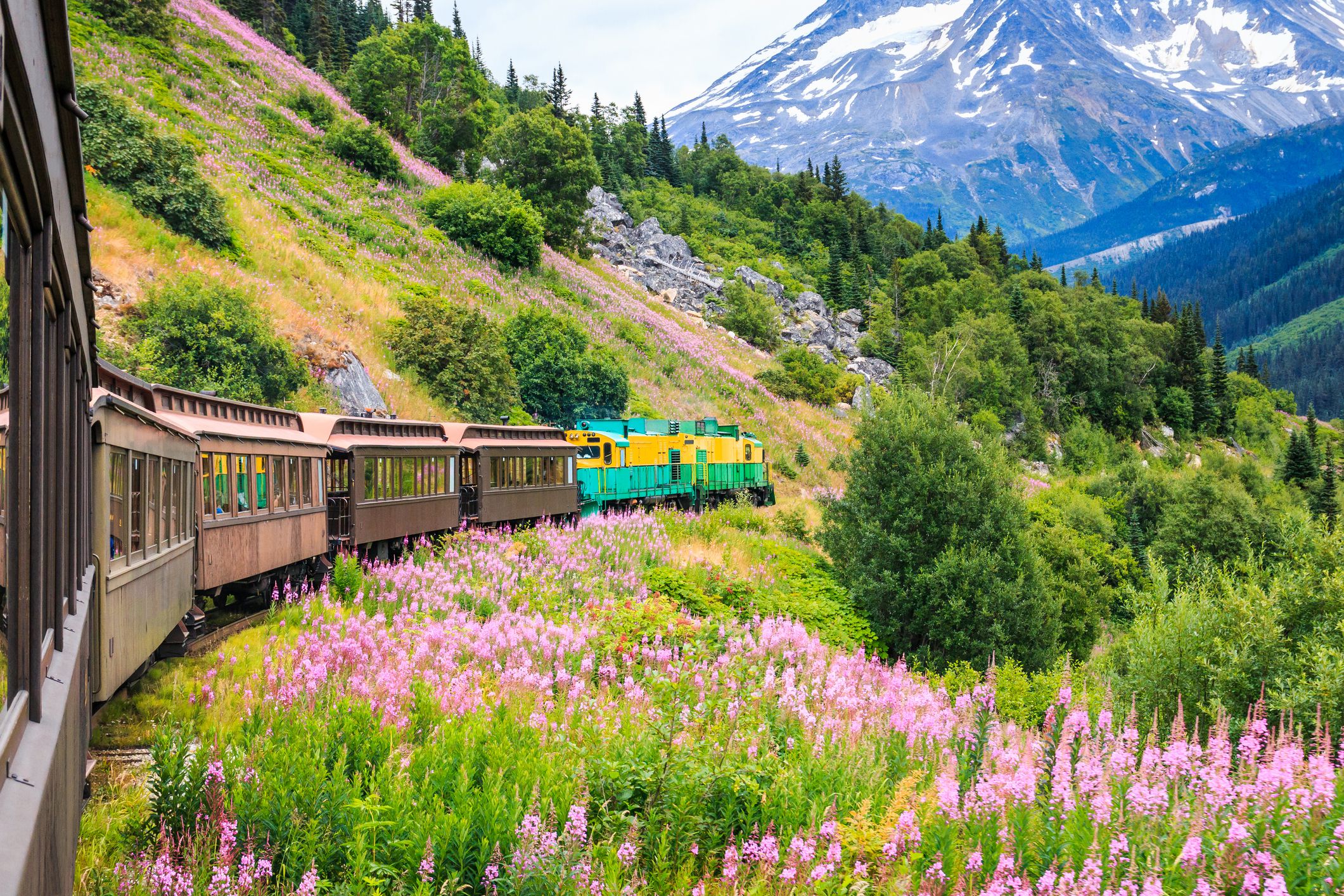
Population: 1,191 Founded: 1897 Nearest big city: Juneau, Alaska (87 miles; accessible only by boat or plane)The gateway to the Alaskan Gold Rush maintains its false-front buildings and wooden boardwalks, recalling a time the best bet in town was selling shovels to the thousands who came to seek their fortunes in Canada’s Klondike. The trail into the mountains was so perilous that Canada required prospecting groups to carry one ton of food and supplies with them along the Chilkoot Trail.
Related: The Best Remote Vacation Spot in Every State
Los Alamos, New Mexico

Population: 12,978 Founded: 1943 Nearest city: Albuquerque, New Mexico (96 miles) Los Alamos was a sleepy hilltop until 1942, when the U.S. government chose it as the top secret laboratory of the Manhattan Project. J. Robert Oppenheimer led many of the nation’s greatest scientific minds in developing the atomic bomb. To do so, they took over the Los Alamos School for Boys, a guest cottage of which is now a museum telling the social and logistical history of creating a city overnight.
Related: Tiny Travelogue: 50 Small Towns to Visit Across the U.S.
Pine Ridge, South Dakota
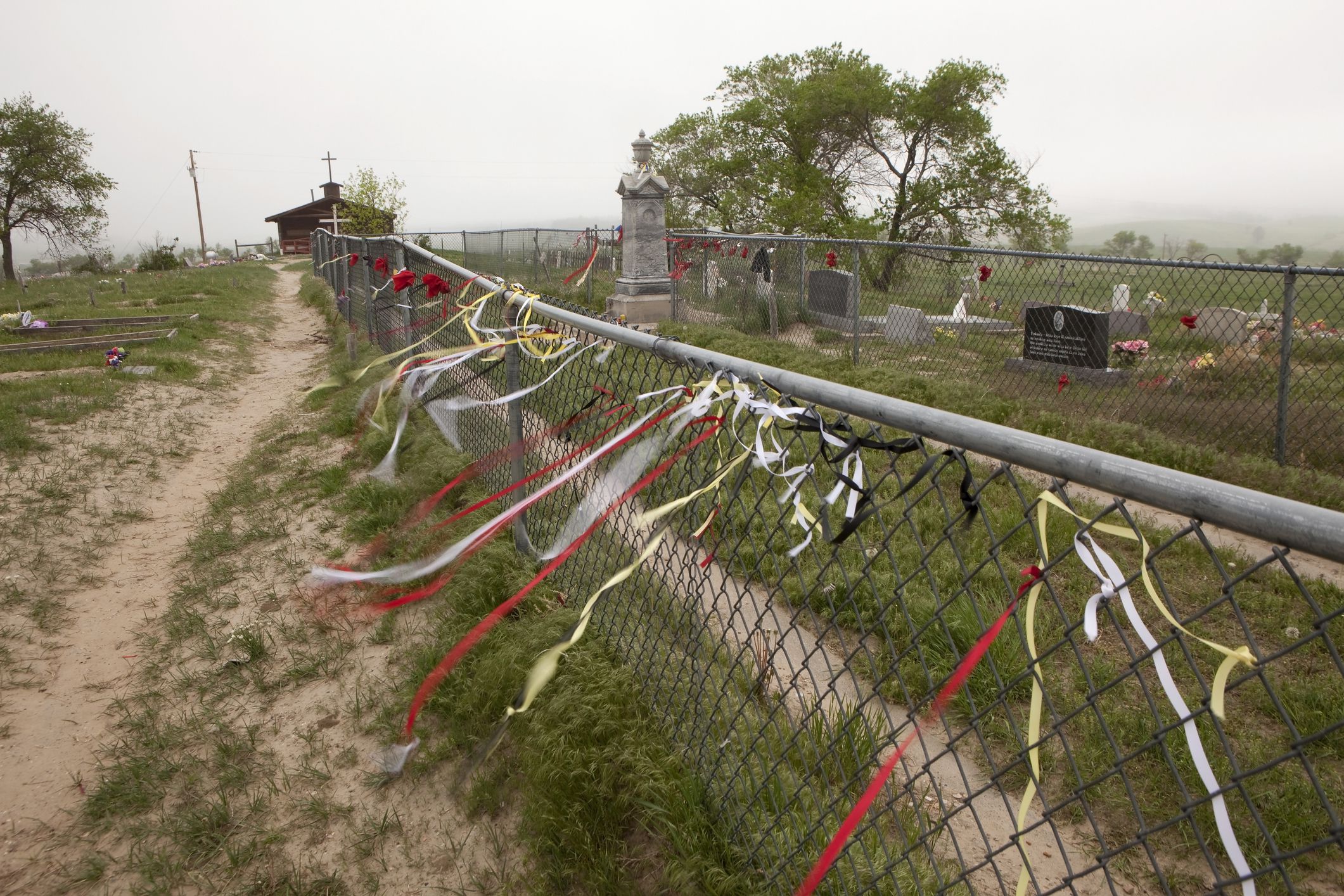
Population: 2,984 Founded: 1899 Nearest city: Rapid City, South Dakota (84 miles) Twice this spot of prairie on the Pine Ridge Indian Reservation has served as a turning point in America. In the Wounded Knee Massacre of 1890, U.S. forces responded to a spiritual gathering of Lakota Indians by killing as many as 300 men, women, and children — the final blow to Plains Indians as the government claimed their lands. Nearly a century later, in 1971, American Indians organized here to protest U.S. policies toward them during a 71-day standoff between the American Indian Movement and federal government.
Port Townsend, Washington
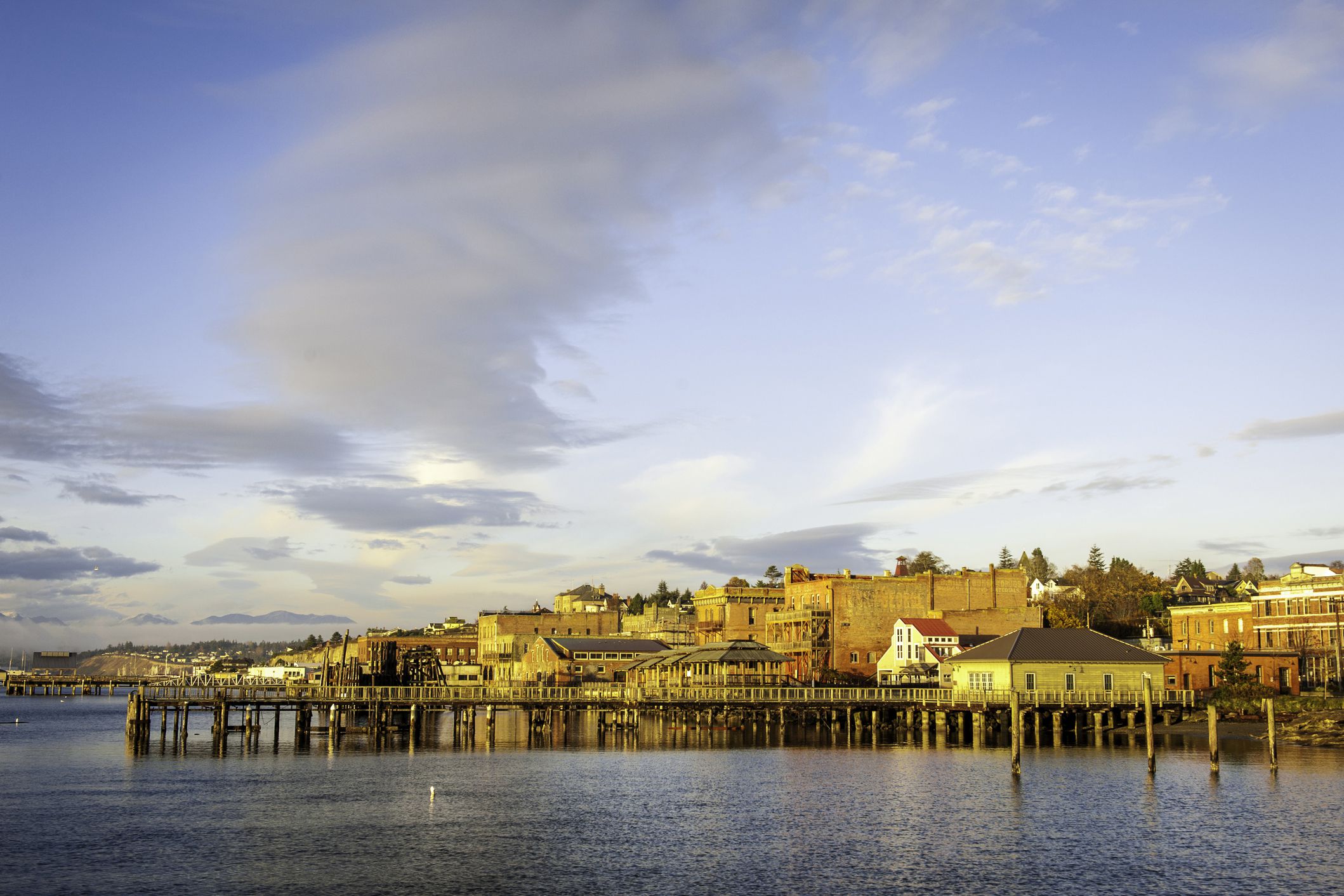
Population: 9,710 Founded: 1851 Nearest city: Seattle (41 miles; 112 miles by road) In the late 19th century, Port Townsend was a boomtown, as people expected the town to be a crucial seaport. That dream, and the town’s growth, were extinguished when the Northern Pacific Railroad bypassed the area. As a result, today’s Port Townsend is a beautifully preserved collection of elegant Victorian homes overlooking the Strait of Juan de Fuca.
Manteo, North Carolina
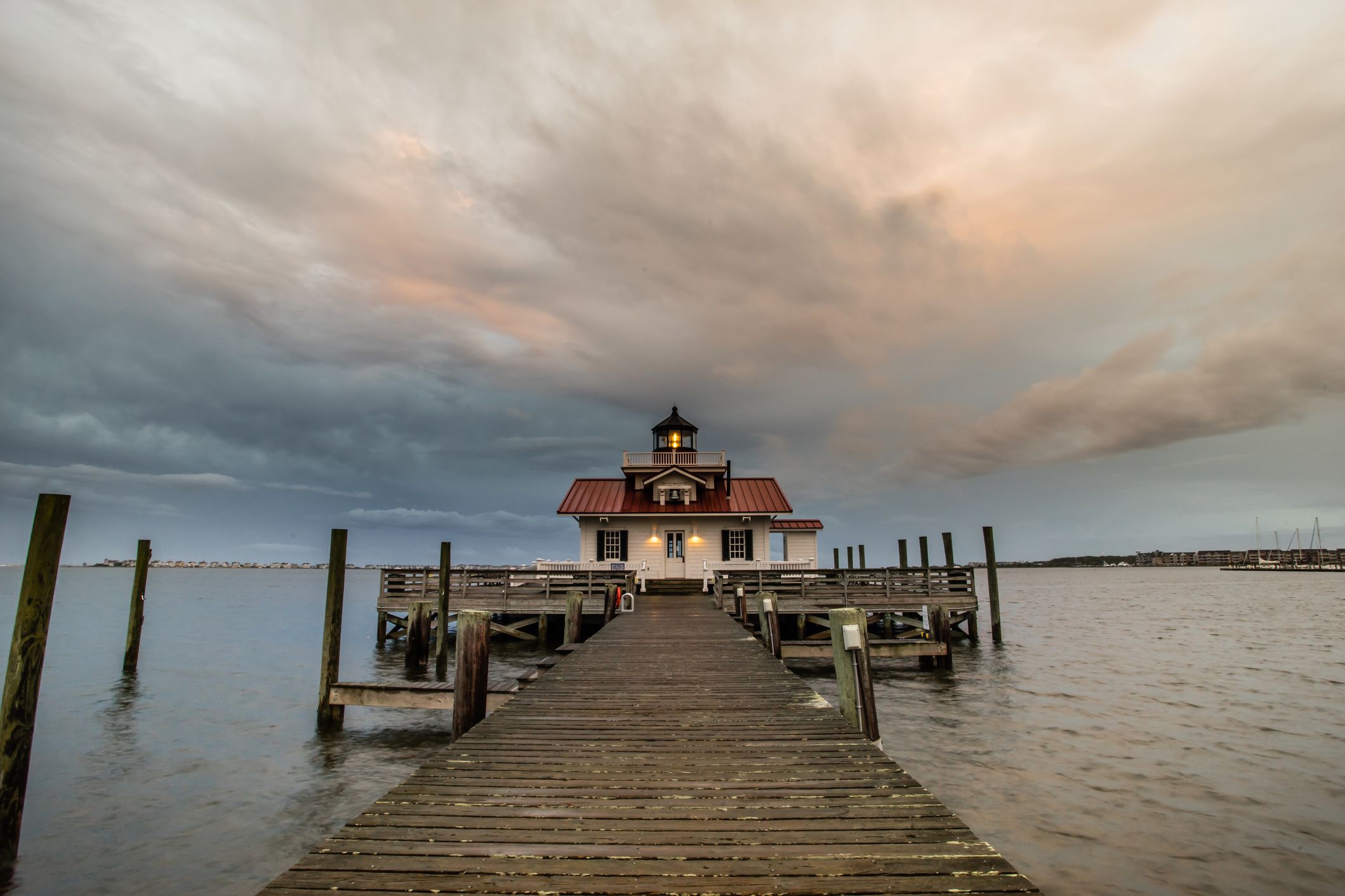
Population: 1,883 Founded: 1580s Nearest city: Virginia Beach, Virginia (104 miles) You may know Manteo better for the island it occupies, Roanoke. One of the earliest English settlements in North America, Roanoke was the brainchild of Sir Walter Raleigh, who persuaded Queen Elizabeth I to invest and sent forth the first ships of settlers in 1585. It was the birthplace of Virginia Dare, the first English person born on American soil. By 1590, the settlement was deserted. The only clue: The word “Croatan,” carved into a fencepost of the fort.
Trending on Cheapism
Cahokia, Illinois
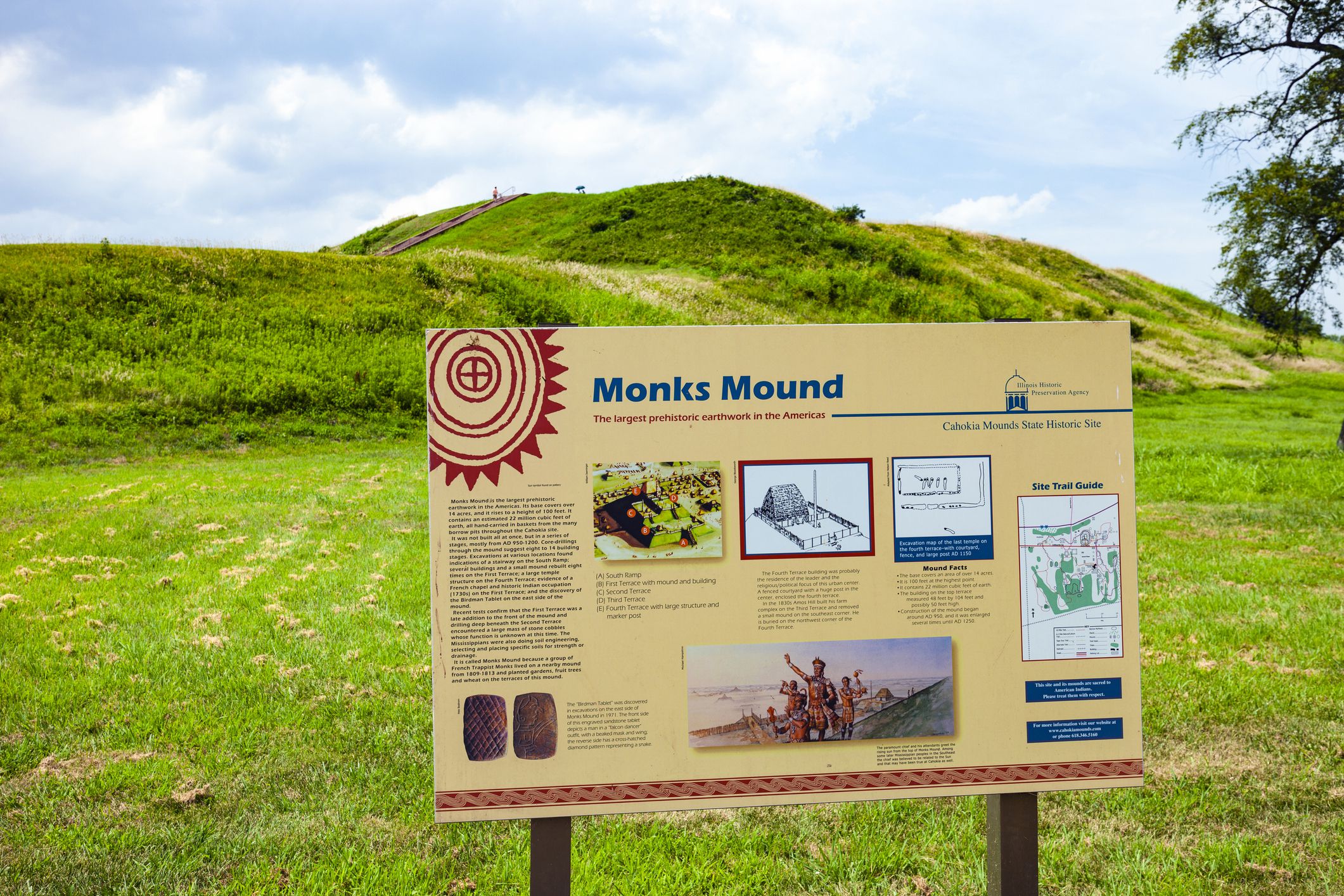
Population: 14,035 Founded: 1696 Nearest city: St. Louis (9 miles) Cahokia was founded by French Canadian missionaries, and its log-built Church of the Holy Family is the oldest continuously operating Catholic church in the country. That’s far from the oldest construction in the area, though. In nearby Collinsville is the largest pre-Columbian settlement north of Mexico, Cahokia Mounds. Consisting of 51 grassy mounds, it recalls a thousand-year-old society that ranged from 10,000 to 20,000 inhabitants in its time.
San Luis, Colorado
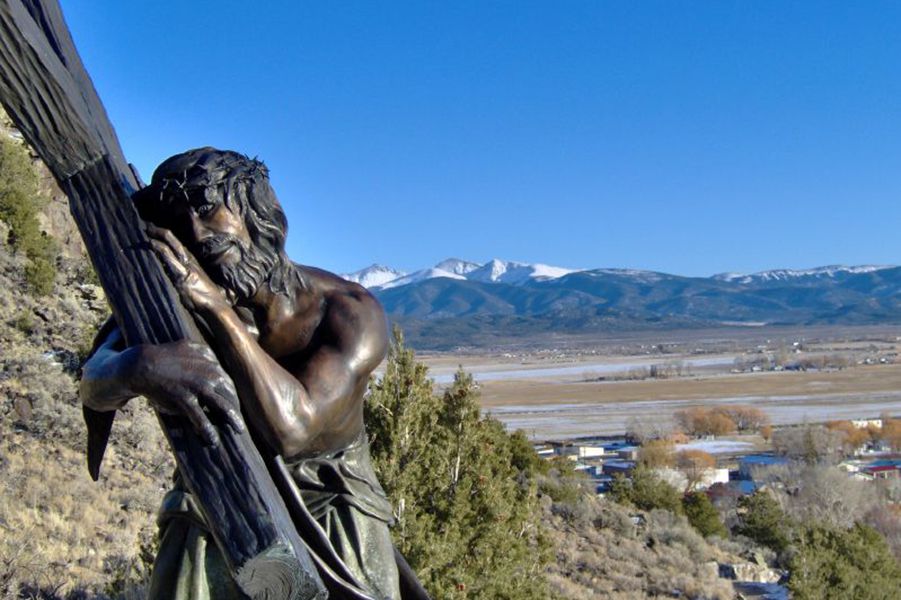
Population: 665 Founded: 1851 Nearest city: Colorado Springs, Colorado (118 miles) The oldest city in the state of Colorado, San Luis began as a land grant from the King of Spain, and its adobe architecture and town layout still reflect its Spanish origins. San Luis was part of the Territory of New Mexico for a decade before the Territory of Colorado was established. Today, it is known for its hilltop Stations of the Cross shrine, its stations spread along a trail and created by artist Huberto Maesta.
Saint Helena Island, South Carolina

Population: 8,407 Founded: 1521 Nearest city: Savannah, Georgia (50 miles) St. Helena Island was colonized by the French, then the Spanish, and finally, the English. It was the site of rice, indigo, and cotton plantations, but today is known best for its residents, settlers of slaves and the sustainers of Gullah culture, which has preserved African linguistic, culinary, and cultural traditions to this day.
Sign up for our newsletter
Bristol, Rhode Island
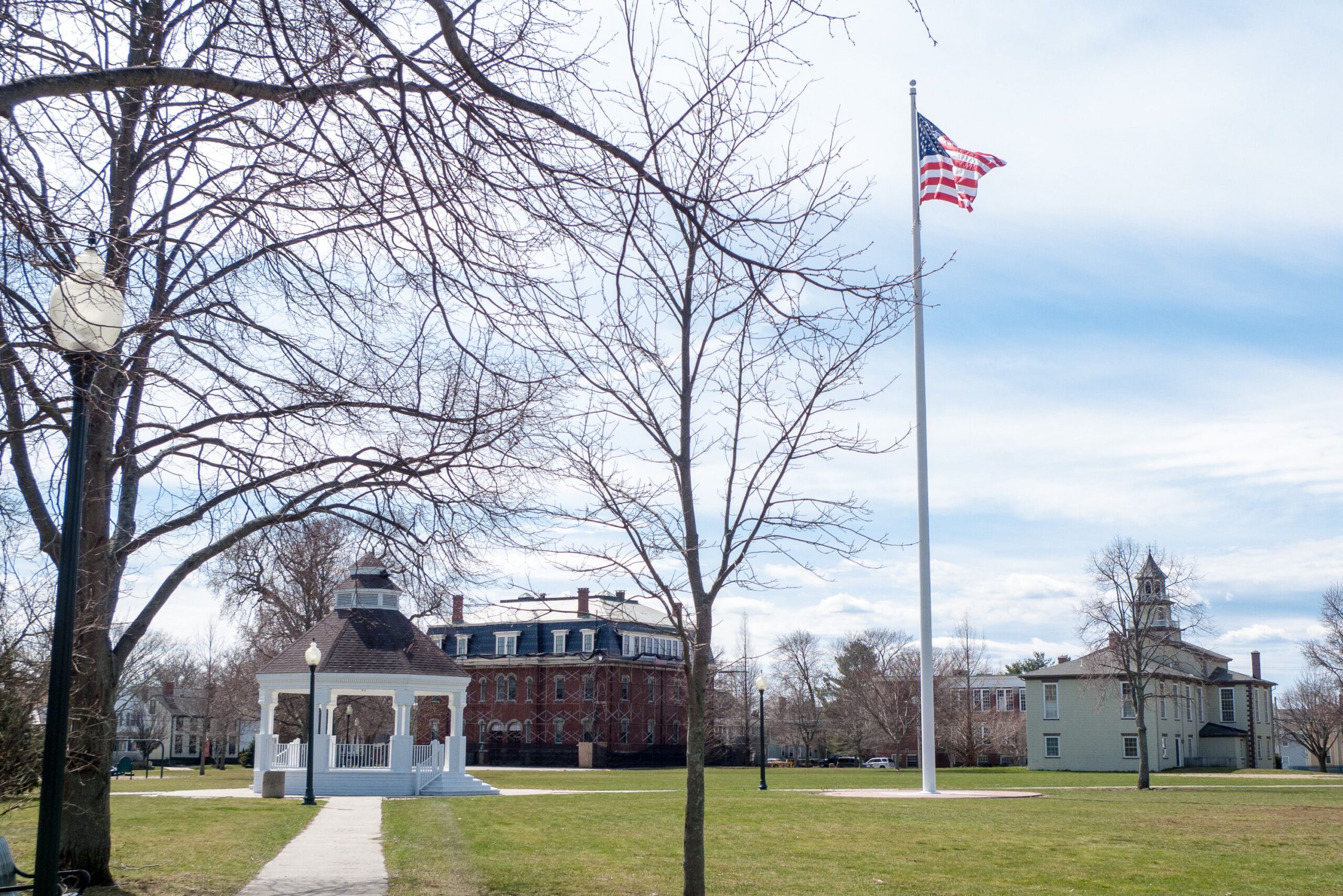
Population: 22,131Founded: 1680 Nearest city: Providence, Rhode Island (13 miles) Bristol is just a quick drive from the mansions and beauty of Newport, Rhode Island, but its history is less attractive: In 1675, it was the location of the last major battle by American Indians trying to force the English out of New England. The battle is commonly known as King Philip’s War, referring to the English name for the Wampanoag leader Metacom. The 14-month war was, in proportion to population, the deadliest war in American history.
Related: The Best State Park in Every State
Oak Ridge, Tennessee
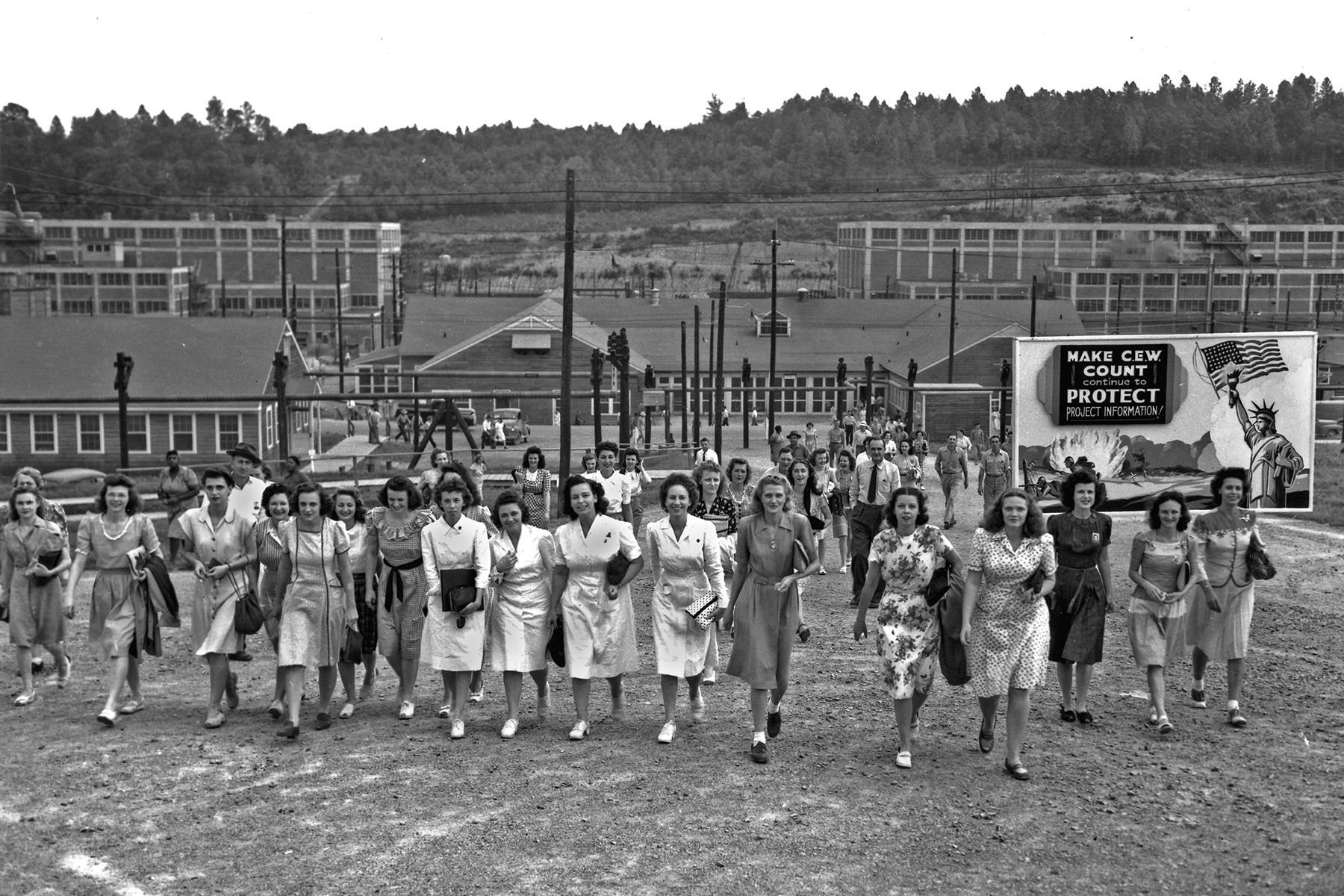
Population: 29,124 Founded: 1942 Nearest city: Knoxville, Tennessee (25 miles) Like Los Alamos, Oak Ridge was a creation of the U.S. atomic bomb program. Landlocked and rural, with an available workforce nearby in Knoxville, Oak Ridge also had a steady supply of electricity, thanks to the 9-year-old Tennessee Valley Authority. It needed it for the production of plutonium and uranium. The secret city also produced resentment in Knoxville, where plant employees showed up with unlimited rations during wartime privations.
Related: Incredible Feats of American Ingenuity Across the Country
Harrodsburg, Kentucky
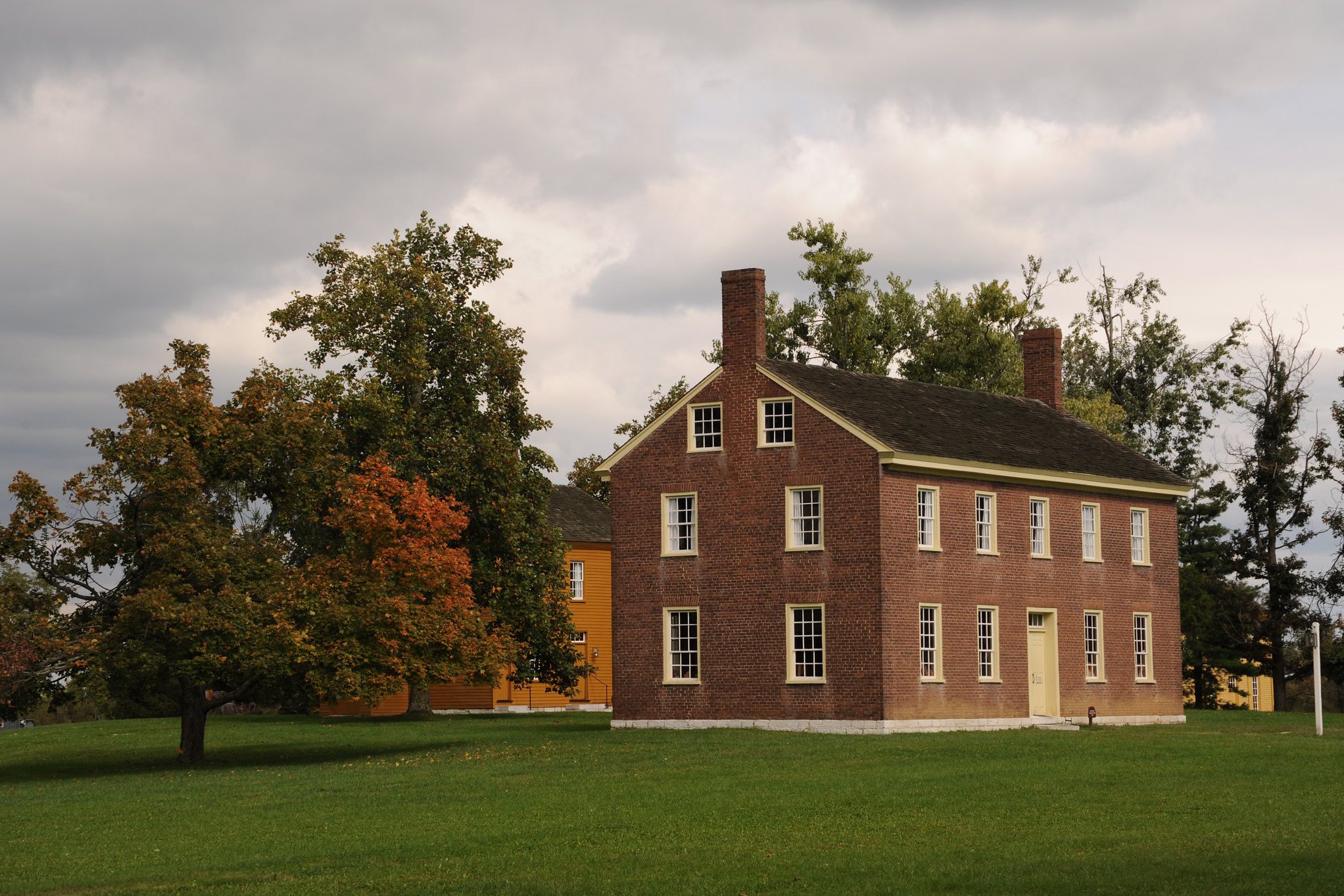
Population: 8,480 Founded: 1774 Nearest city: Lexington, Kentucky (38 miles) Downtown Harrodsburg has charming streetscapes of buildings from the 1880s and 1890s. Its biggest attraction is the Shaker Village at Pleasant Hill. A Christian sect originating in England, the Shakers founded a community at Pleasant Hill in 1806. Today, they are remembered for their simple and meticulously made wooden furniture. The group believed in racial and gender equality, as well as celibacy. The last of the Kentucky Shakers, Sister Mary Settles, died in 1923. A historic park lives on in Pleasant Hill.
Related: The Best Places in America to Travel Back in Time
Harpers Ferry, West Virginia
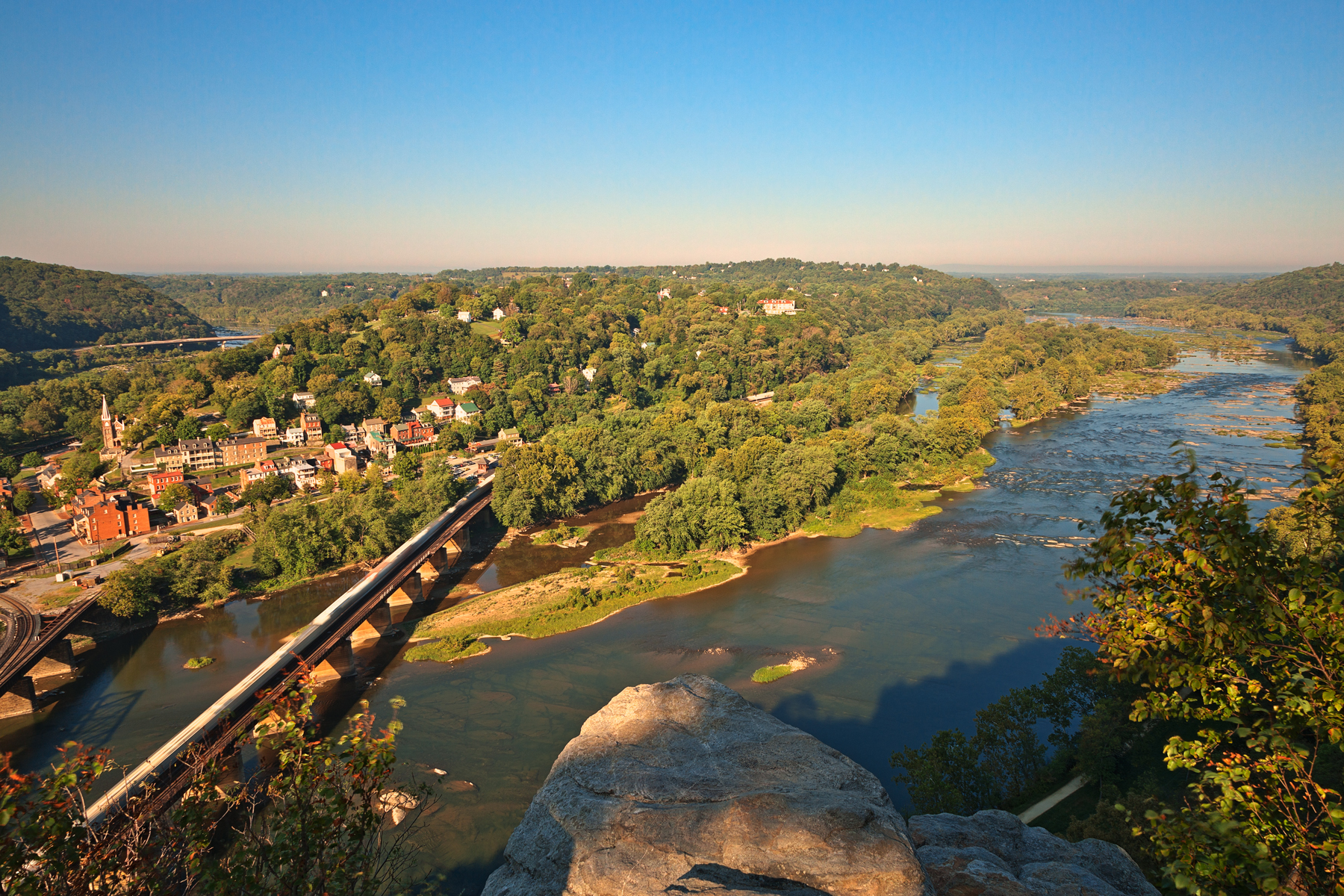
Population: 334 Founded: 1733 Nearest city: Washington, D.C. (48 miles) Tiny Harpers Ferry has nearly more events from history than it does current residents. It’s best known as the center of John Brown’s attack on the U.S. armory, an abolitionist insurrection that moved the United States toward the Civil War. Just a few years later, Confederate general Stonewall Jackson trained troops there and later routed the Union Army. If that’s not enough, it’s home to historically black college Storer College, where W.E.B. Du Bois helped to birth the civil rights movement.
Related: Smallest Towns in America Worth Visiting
DeSmet, South Dakota
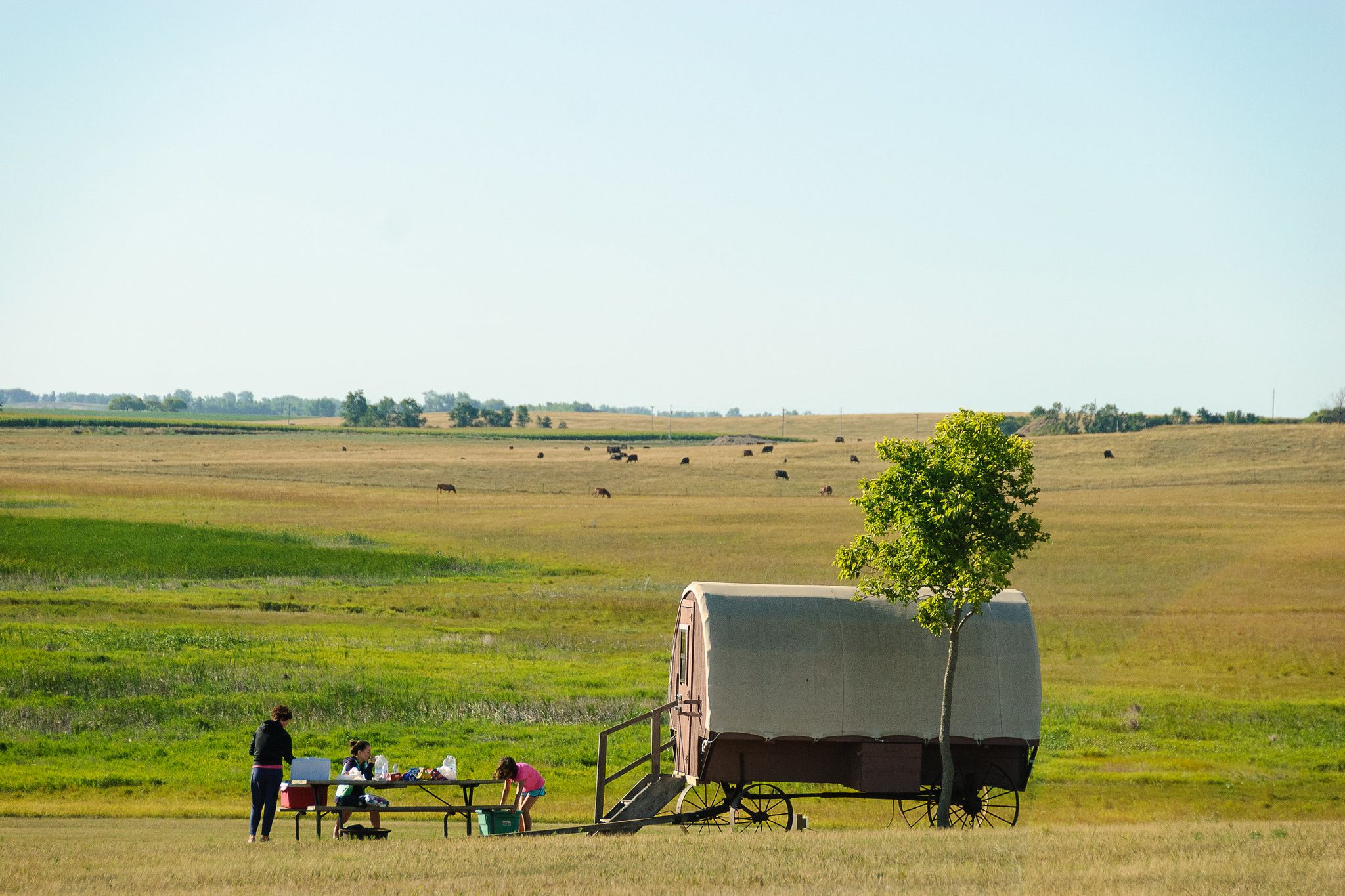
Population: 1,041 Founded: 1880 Nearest city: Sioux Falls, South Dakota (97 miles) There is one thing that draws people to DeSmet summer after summer: It’s history with Laura Ingalls Wilder, author of the “Little House on the Prairie” books. The setting of several books in the series, DeSmet honors Wilder each summer with an outdoor pageant. Wilder’s childhood home is long gone, but you can immerse yourself in frontier life by standing on the windblown spot of her homestead, visiting such iconic locales as the Big Slough and Silver Lake, and walking through the town’s false-front stores.
Edgard, Louisiana

Population: 1,788 Founded: Became Parish Seat in 1852 Nearest city: New Orleans (30 miles) During the antebellum period, Edgard was the heart of Louisiana’s sugar industry and home to multiple plantations. It’s the 1752 Whitney Plantation that stands out, though, as the only one in Louisiana to focus on the history of the enslaved people who toiled there. Tours include restored slave cabins, the owner’s house, and memorials to honor the enslaved.
Related: Amazing Places to Visit During Black History Month
Plymouth Notch, Vermont
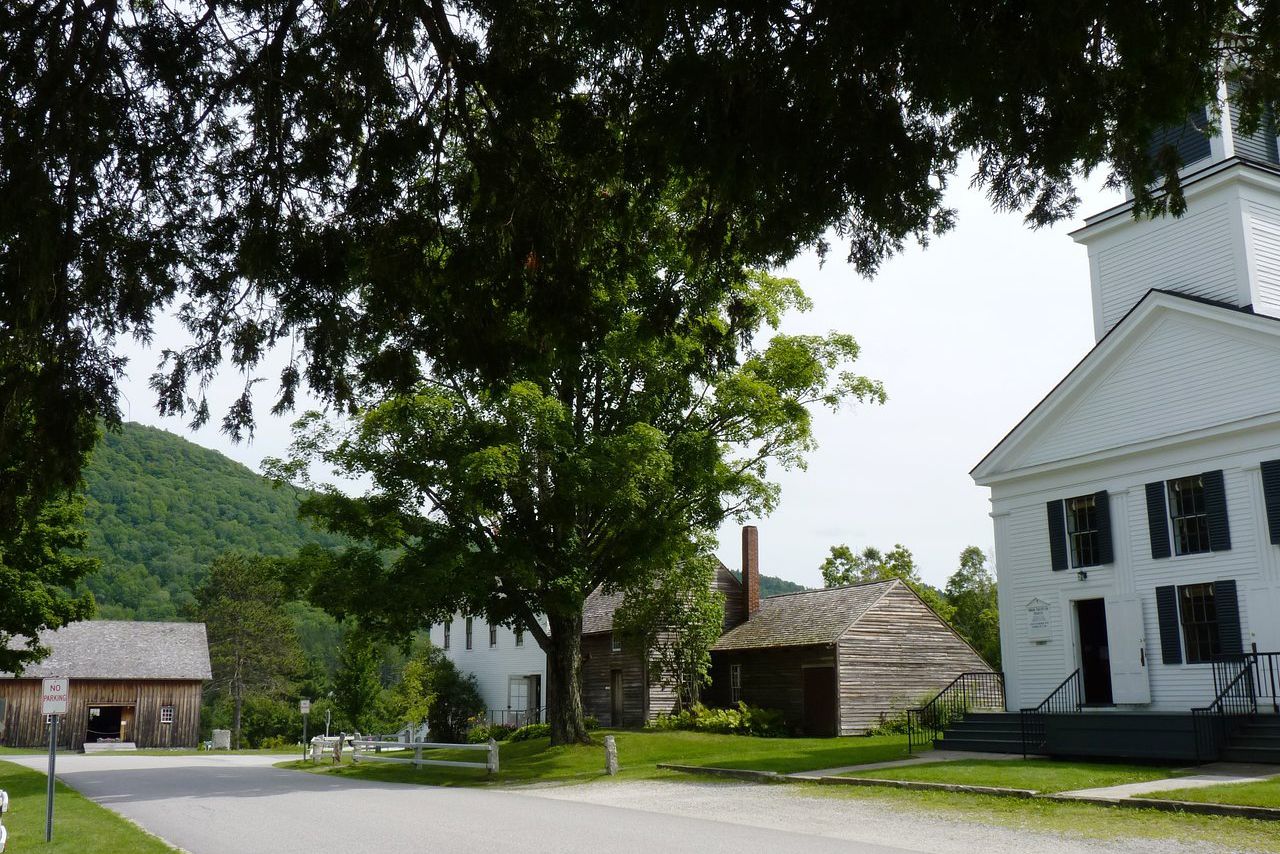
Population: 641 Founded: Before 1800 Nearest city: Schenectady, New York (106 miles) How much has Plymouth Notch staked its future to history? The birthplace of President Calvin Coolidge has preserved most of the town to reflect the period of Coolidge’s childhood, before he presided over the Roaring ’20s. You can visit his birthplace, his schoolhouse, his church, and even the cheese factory his father once owned.
Related: Travel Back in Time in These Historic Towns Across America
Guernsey, Wyoming
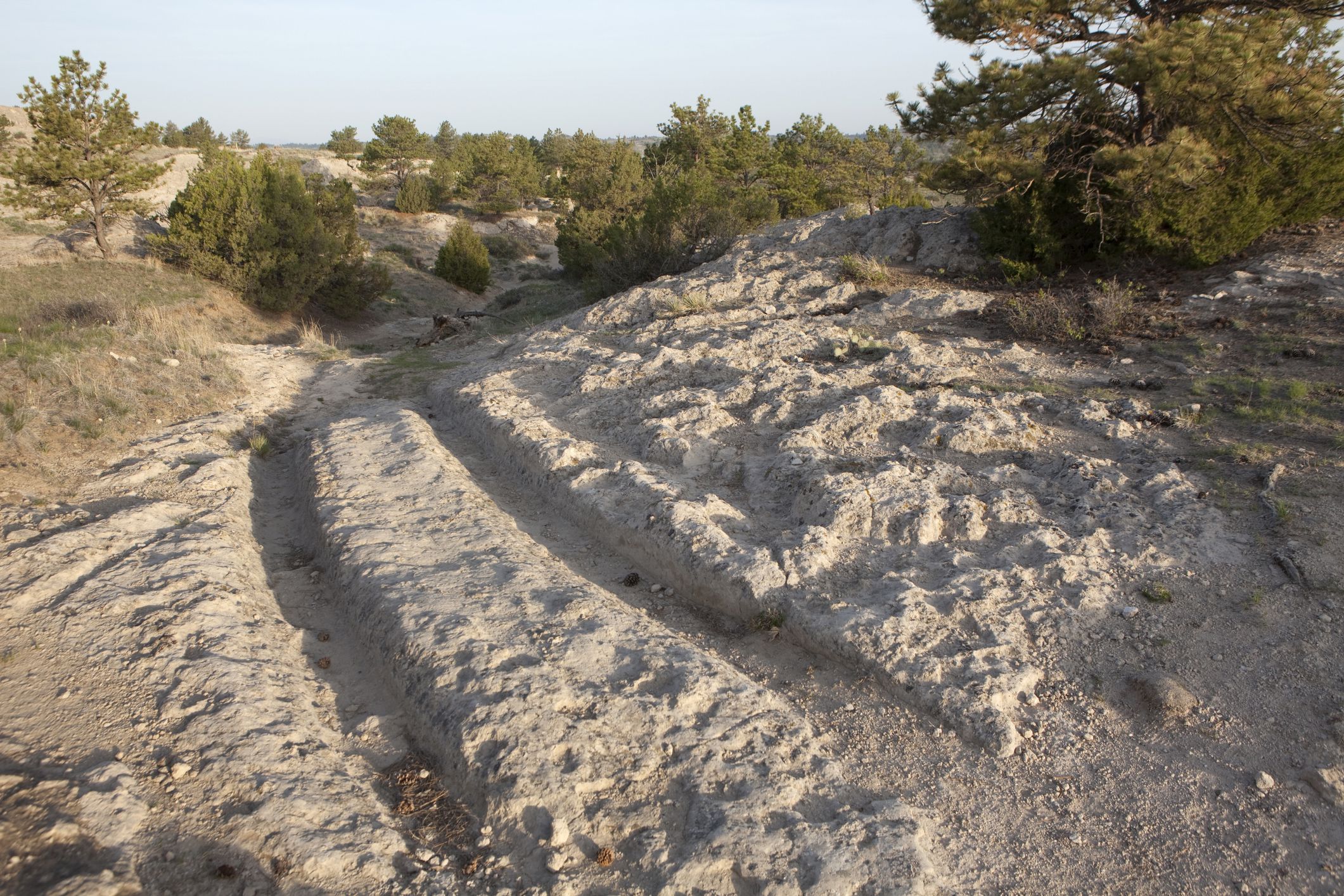
Population: 1,025 Founded: 1900 Nearest city: Cheyenne, Wyoming (98 miles) In the beauty of central Wyoming is the history of great struggle and perseverance. Guernsey is a destination for Oregon Trail buffs. They come to see the ruts left in the rock by a legion of covered wagons seeking better lives out west, and to pay their respects at Register Cliff, where emigrants on the Oregon, California, and Mormon trails carved their names to leave some record that they were here.
Related: Great American Road Trips Through History
Vicksburg, Mississippi

Population: 22,045 Founded: 1811 Nearest city: Hattiesburg, Mississippi (132 miles) An early shipping connection between the Mississippi River and the railroad, Vicksburg is best known for its pivotal role during the Civil War. Believing Vicksburg was the key to winning the war, Union Gen. Ulysses S. Grant laid siege to the city. His eventual triumph divided the confederacy in half and paved the way for a Union victory.
Related: Boat Tours That Take You Back in Time
Lake City, Colorado
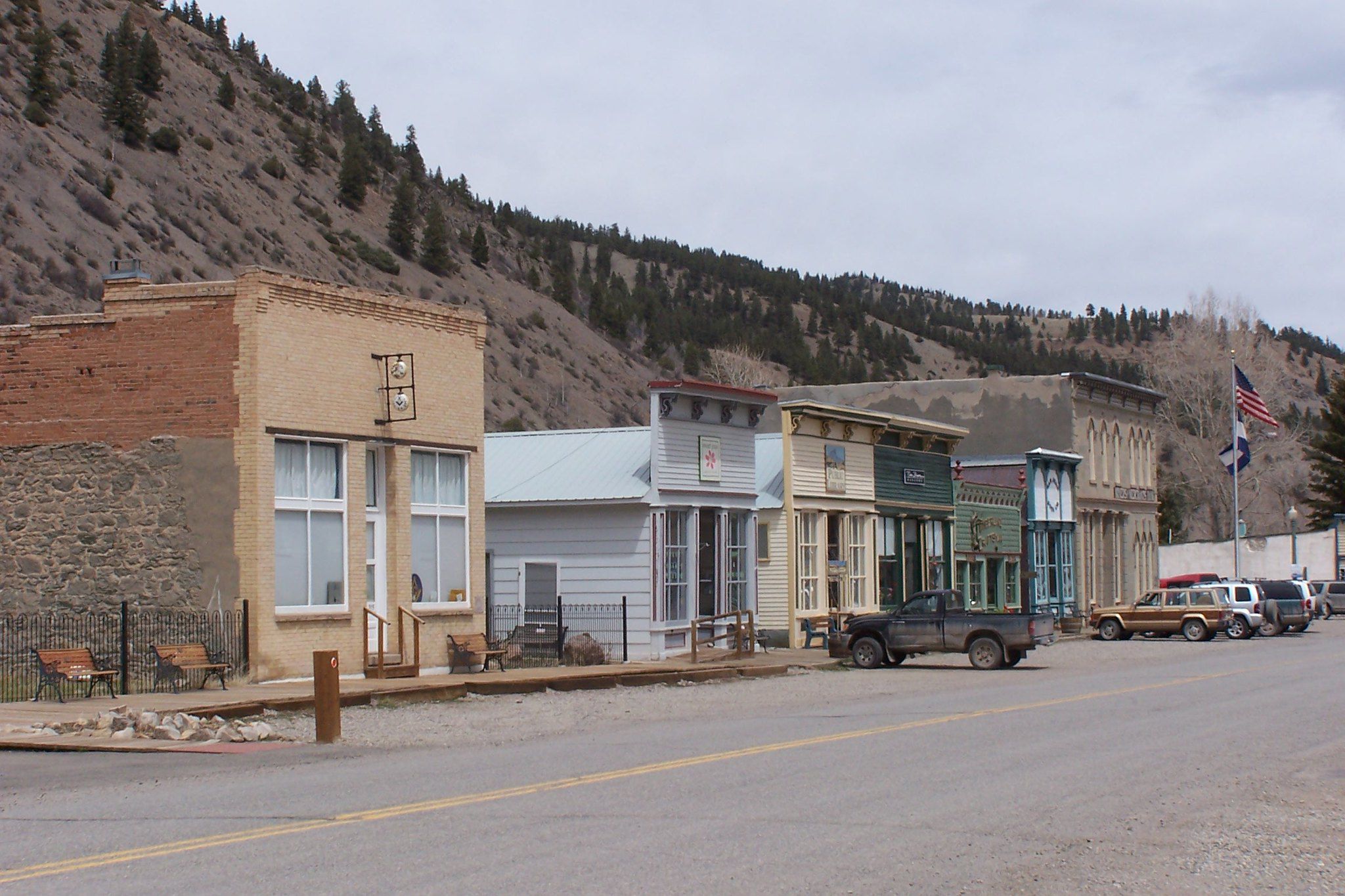
Population: 438 Founded: 1875 Nearest city: Grand Junction, Colorado (142 miles) This mountain town is known for history both geological and sociological. Just outside town is the melodically named Slumgullion Earthflow. About 700 years ago, a massive earthflow of partially decomposed volcanic rock slid down the mountain, forming a natural dam and what are now the scenic waters of Lake Cristobal. More recently, Alferd Packer was accused of dining on his traveling companions in 1874 when his party of prospectors was trapped by a snowstorm. When he emerged six weeks later, he claimed to have lost them in a blizzard. Their graves and a plaque commemorating the incident are beside the town’s main street.
Nevada City, California
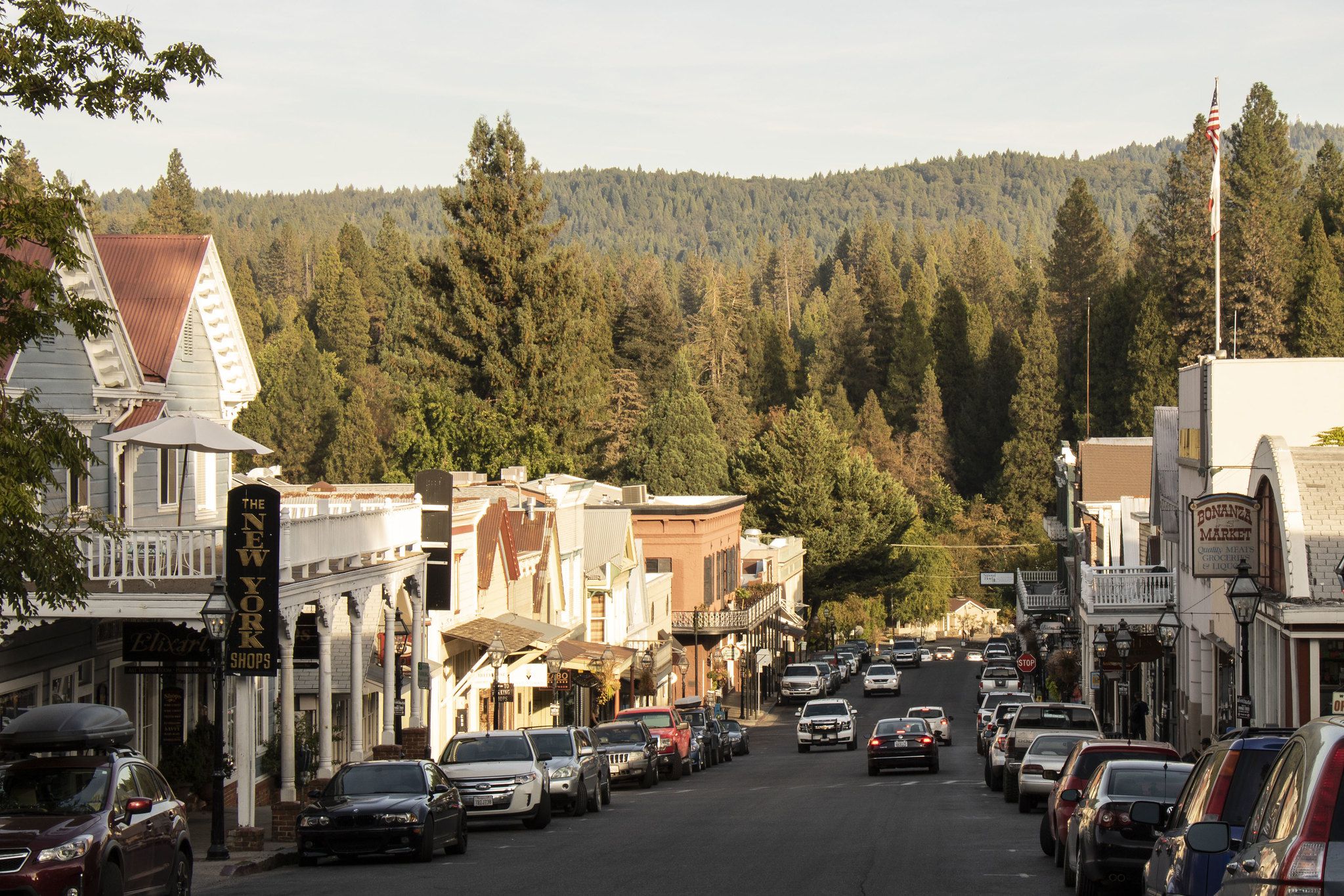
Population: 3,145 Founded: 1849 Nearest city: Sacramento, California (53 miles) The entire downtown of this Gold Rush center is a National Historic Landmark. No less than Herbert Hoover lived there while working as a gold miner. Although long settled by the native Nisenan, the town sprang to prominence as Americans flooded California to get rich. Today, the original brewery stands, and a number of other historic buildings.
Related: Oldest Breweries in America
Williamsburg, Virginia
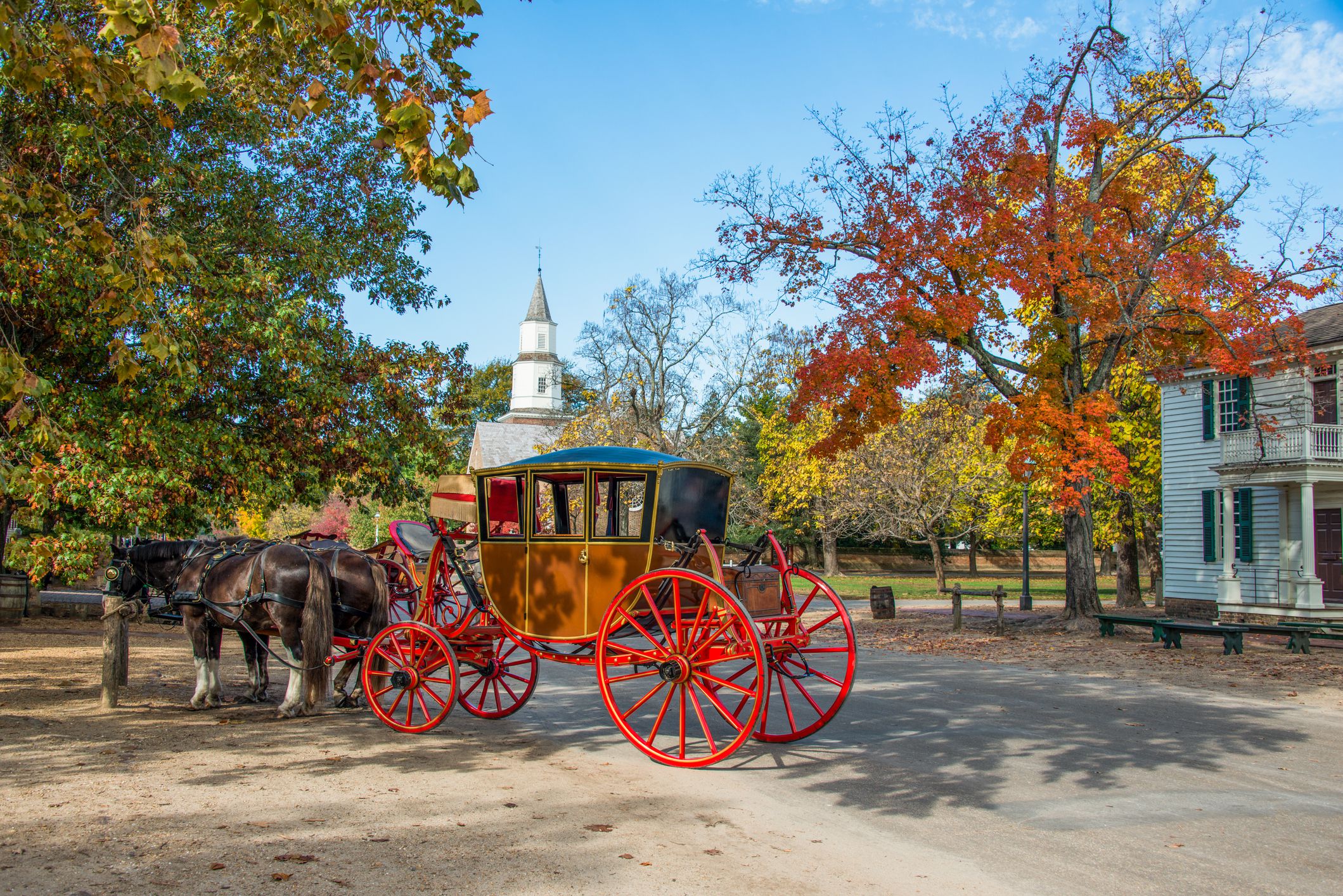
Population: 15,034 Founded: 1699 Nearest city: Newport News, Virginia (20 miles) One of the United States’s best-known and most-developed historic towns, Williamsburg was founded in 1699 as the new capital of Virginia Colony. One of the country’s first planned cities, its neatly laid-out streets are preserved, walked by live reenactors, in the popular historic park. Williamsburg is also the home of the College of William and Mary, which educated presidents Thomas Jefferson, James Monroe, and John Tyler, as well as comedian Jon Stewart.
